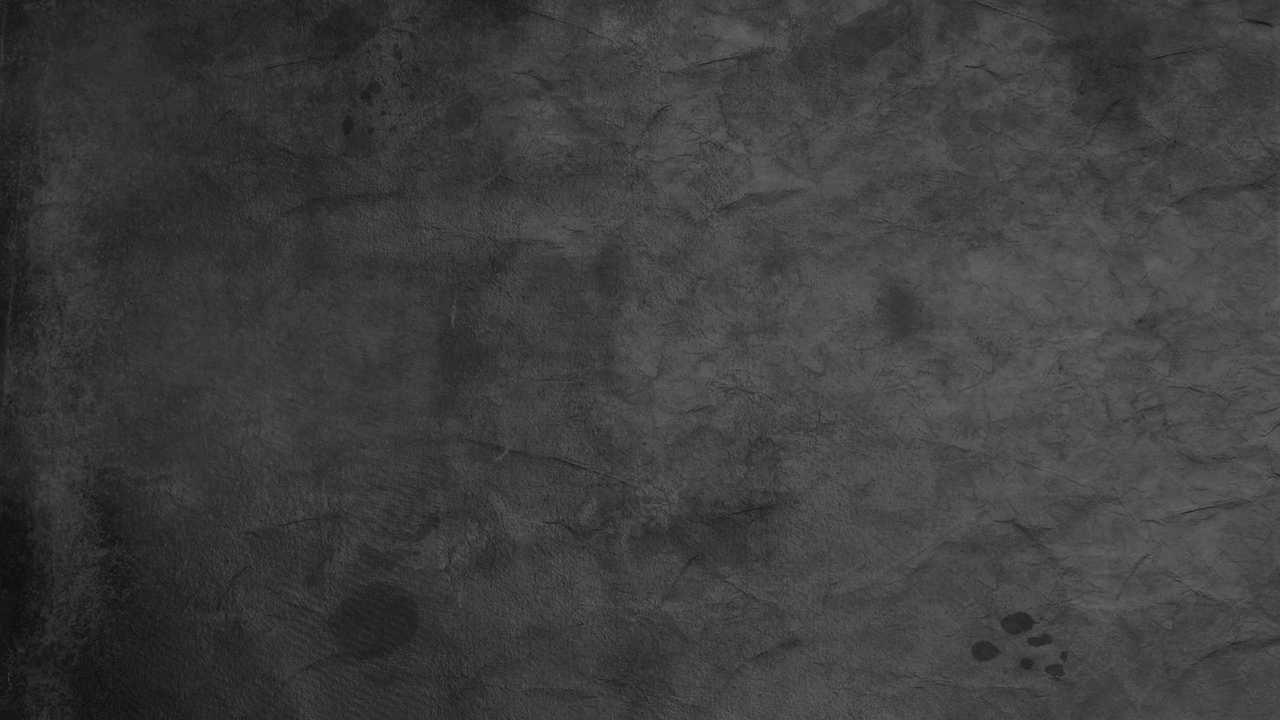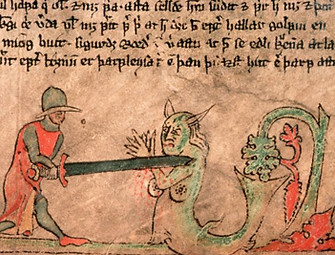
ETERNALSOLDIER

The Viking Warrior,
the Modern American Soldier and the Motivation to Fight
by Ed Marks (Army Veteran) with Cornelia Haselberger, MA
Combat stands as perhaps the most overwhelming of all human experiences and entering the battlefield has never come naturally. How much did Viking and modern American soldiers, coming from very different cultures, share in their willingness (or lack thereof) to fight?
The epic poem, Beowulf, offers a window into the warlike nature of ancient Norse culture. The story focuses primarily on Beowulf’s heroic clashes with the demonic Grendle, his mother, and Beowulf’s doomed battle with a hoard-protecting dragon. Parts of the poem also describe episodes of warfare among the various Baltic tribes. Descriptions of these conflicts provide insight into the warrior psyche that bound Beowulf and his kinsmen together and motivated them to fight.
Philosopher and psychologist Nancy Sherman, author of The Untold War, writes compassionately about the modern American soldiers’ psychological motivations and struggles on and off the battlefield; feeling guilt in the wake of killing an enemy and seeing fellow soldiers killed; taking vengeance on a demonized enemy; desiring honor and fulfilling one’s duty; hoping for courage and dreading the shame that comes in its absence; finding solace and resilience in the knowledge that society supports the soldiers sacrifice; forging the bonds of all important camaraderie.
In the poem, the recently accepted Christian faith provided a context for Beowulf’s struggles with Grendle and the dragon (good vs. evil). However, Norsemen grew up in the shadow of ever-present warfare and they no doubt heard countless stories of the war experiences of fathers, brothers, and uncles. In the descriptions of various ever-present blood feuds in Beowulf, Christian guilt over killing is absent. The modern American soldier, not having grown up in a warrior culture but instead in an America heavily influenced by Christian morality, holds much greater potential for feeling moral guilt in the act of killing. Sherman quotes a question frequently asked by soldiers of a Marine chaplain on the eve of their deployment to Iraq;
“Will God still appreciate me if I have to pull the trigger on another human being.” (pg.89)
Sherman quotes Roman philosopher and statesman Seneca, who stated that revenge, “whets the mind for the deeds of war” (66) and revenge has always found a place on the battlefield. However, guilt following the taking of revenge, absent in the “revenge culture” of the Norse warrior, often haunts the modern American soldier. Based on descriptions in Beowulf, the hero and his fellow warriors share the motivation for revenge and the hatred it generates. One of the several blood feuds described in Beowulf has revenge at its core;
“Hostilities broke out when Hrethel died. Ongentheow’s sons were unrelenting, refusing to make peace, campaigning violently from coast to coast, constantly setting up terrible ambushes around Hreansnahill. My own kith and kin avenged these evil events…” (pg. 167).
While revenge is expected and encouraged in Norse culture, Sherman argues that American soldiers, without the sanction of a “revenge culture”, face the terrible guilt and retribution that comes after taking “…Pleasure in revenge” (pg. 80) in acts such as the massacre of twenty-four innocent civilians by a Marine Corps company in Haditha, Iraq in 2005.
What about loyalty to one’s society and the cause that drives its people to war? The Norse warrior needed little justification to fight in the constant blood feuds that embroiled his culture. He was duty bound to fight, not to question why he fought. For the modern American soldier, it’s not so simple. Most are patriotic but often question the “cause” for which they fight. The Vietnam War and the more recent conflicts in Southwest Asia have left many soldiers wondering “why we fight?”. As Sherman says about modern American soldiers,
“But none want their willingness to serve exploited for a cause that is unworthy or for a war grounded in unjustified fear or waged for a pretext.” (pg. 41)
Hope-for courage and avoidance of cowardice and resulting shame (as distinguished from guilt) have proved powerful motivations for both the Norse warrior and the modern American soldier. Courage in battle has brought honor to both. Norsemen also fought for the additional prize of treasure, although not to hoard (that was what evil dragons did) but to share. While taking “booty” is forbidden to American soldiers, Sherman makes it clear that,
”…honor is an external matter of accumulated booty and status. The stripes on modern uniform sleeves and the stars on collars and epaulets are similarly conspicuous signs of differential status”.
Cowardice, on the other hand, brought the indelible mark of shame. Wiglaf, the one warrior who stood by Beowulf in his fatal fight with the dragon, rebukes those who fled the dragon’s wrath;
“Every one of you with freeholds of land, our whole nation, will be dispossessed, once princes from beyond get tidings of how you turned and fled and disgraced yourselves. A warrior will sooner die than live a life of shame.” (pg. 195)
Sherman explains that cowardice and the shame it brings can redefine a soldier, and shame has to do more with “what I am” than “what I have done” (pg. 180), and the mark of shame follows the soldier home.
When a soldier is certain of the support of his society and their appreciation of his sacrifice, he is more willing to fight. The Norse warrior, assured of his society’s support and appreciation, found entry into the cauldron of the battlefield less fraught with ambivalence than the modern American soldier. For the modern American soldier, support and appreciation after deployment is not always assured, as soldiers returning home from Vietnam found out. While today’s deployed soldiers return to a warmer welcome home than Vietnam veterans, they often suffer their physical and psychological injuries alone, their struggles often misunderstood in a society where nine-nine percent of the population has no military experience. As Sherman notes,
“The expeditionary force can go forward only when there is confidence that the base is secure.” (pg. 217)
An American society with a greater appreciation for and understanding of the monumental sacrifice made by the deployed soldier will give that soldier more resilience on the battlefield and upon the soldier’s reintegration into society.
But there is no greater motivation than the warrior’s and soldier’s desire to fight for one another. As Beowulf steels his courage to face the dragon, his retainers encourage one another to,
“bond together, shield and helmet, mail-shirt and sword.” in support of him. (179).
Sherman recognizes the modern resonance of this bond when she writes that “Brotherhood” is often an unanalyzed term in war. It speaks to attachment, a new family, and the trust in being able to count on another to cover your back.” (pg. 103) The resulting ”Profound mutual love and care are what bind soldiers together and motivate battle.” (pg.40)

Illustrated page of Beowulf, 11th century AD

Illustrated page of Beowulf slaying Grendel's Mother, 13th century AD

Helmet from British archaeological site of the ship burial at Sutton Hoo in Suffolk, thought to resemble Viking warrior gear.

Illustrated page of Beowulf, 11th century AD. A performer sings the opening lines of the poem while playing a lyre.